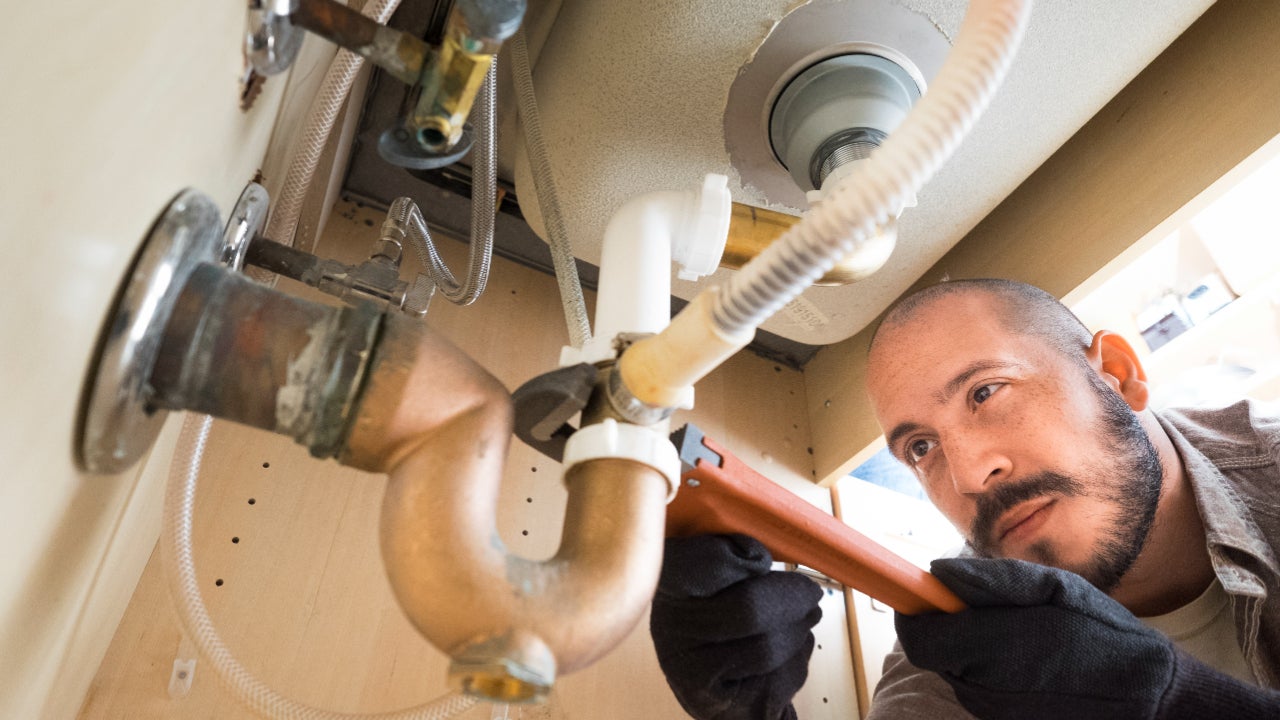Indirect auto loans: What are they and are they a good idea?




Key takeaways
- Unlike direct financing, an indirect auto loan is when a lender provides financing to the vehicle seller, like a dealership, rather than to the borrower.
- This type of financing can be convenient as it allows you to shop and secure financing in one place, but it can also come with higher interest rates compared to direct loans.
- It’s important to shop around and compare offers before committing to indirect auto financing, as there may be better deals available elsewhere.
Indirect auto financing, or dealership financing, occurs when a lender provides financing to the vehicle seller instead of directly to the buyer. Basically, the vehicle seller, usually a dealership, arranges the financing and acts as an intermediary between the dealership and the borrower. The borrower then makes regular payments until the loan is paid off.
While the end result is the same as borrowing directly from a lender, you may face some dealership markup — and thus pay more in interest. Consider the benefits and drawbacks of indirect financing to understand all your options before signing off on an indirect auto loan.
What is indirect auto financing?
Indirect auto financing is available through dealerships from lenders in their partner network. Instead of searching for a loan and getting preapproved before visiting the dealership, you will obtain the financing when you purchase the vehicle.
In turn, the seller collects a commission or other type of payment for connecting you with the lender. This can be in the form of a percentage that’s added to your interest rate.
When you make the final payment, the lender will release the lien or title on the vehicle to you. During the loan term, you will also pay interest on the loan, just as you would with a direct loan.
Other indirect loans
Indirect loans can also refer to the process of using a marketplace or broker. With these options, you enter your personal information and are matched with one or more lenders.
In most instances, your credit score will not be impacted since these online marketplaces only require a soft inquiry. Furthermore, you can view potential loan offers that include the estimated monthly payment, repayment period and interest rate to help you make an informed decision.
Before you select an offer, you’ll also want to compare the total cost of the loans. Once you decide on a lender and apply, prepare for a hard credit pull that may temporarily impact your credit score.
Indirect financing vs. secondary lenders
Indirect financing boasts the convenience of securing dealership financing at the point of purchase. But it isn’t your only route to vehicle ownership. There are several other options for financing your future vehicle: banks, credit unions and online lenders.
Bank-backed financing is a good fit for those who have a previous relationship with a bank. While the process can be more involved, good credit borrowers can likely get a competitive rate. For those with bad credit, however, this might not be the most viable option.
Another secondary lender funding option is credit unions. These institutions operate much like banks, but members are the primary focus, rather than investors. You will likely need to become a member, and the membership requirements will vary from one credit union to the next. That said, joining a credit union that provides auto loans can save you money and offer more flexibility.
Those who feel confident navigating their finances online should also consider online lenders and marketplaces. Many online lenders offer low rates and reasonable loan terms rather than the hefty commissions you might find at a traditional dealership.
In addition to these options, some borrowers opt for a personal loan to buy a car. Since personal loans tend to carry steep interest rates when compared to auto loans, it may not be worth the added cost unless you struggle to be approved elsewhere.
Benefits of indirect auto loans
For some borrowers, the convenience of a one-stop shop outweighs the potential for higher interest rates. These are the primary upsides of indirect auto loans.
- Shop and buy in one place. It’s often more convenient to buy at the dealership. You’ll be able to shop and secure financing the same day.
- Less legwork. Though it is still a good idea to get outside quotes, it is not strictly necessary. If you want, you can go in without applying with other lenders before choosing your car.
- Bad credit options available. Specialty dealers offer options for buyers with less-than-perfect credit.
Drawbacks of indirect auto loans
Before financing through the dealership or another indirect lender, consider the potential downsides that come with this option.
- Higher rates. The dealership often adds a percentage on top of what is offered by lenders that match your needs. This means that you will likely get a better interest rate with a direct lender.
- Not as much control. You don’t get to choose which lender your information is shopped around with. If you already work with a bank or credit union, it can be beneficial to apply with it — you may get a better rate or terms than you would otherwise.
- Unavailable for some purchase types. If you’re looking to buy from a private owner, indirect financing will obviously not be an option.
How to apply for indirect auto financing
When you visit the dealership, you should have the opportunity to apply for financing once you finish shopping. This process is similar to any other auto loan, and you will need to bring a few standard documents to complete your application. Depending on the dealership, you may be able to select from multiple loan offers to suit your budget.
At this point, it is important to run the numbers and carefully consider your options. Indirect financing through a dealership may be convenient, but salespeople are convincing. Take your time to review all the documentation and consider the total cost, not just your monthly payment.
And even if you do opt for indirect financing, you should still apply with banks, credit unions and online lenders. This can help you negotiate at the dealership, which could help you score better overall terms.
Bottom line
Indirect auto financing is a convenient solution to help you purchase your next ride. However, it’s important that you compare auto loan rates before visiting the dealership as there could be a better deal elsewhere. You may also find that the dealer is willing to match or beat an outside loan offer to earn your business.
Why we ask for feedback Your feedback helps us improve our content and services. It takes less than a minute to complete.
Your responses are anonymous and will only be used for improving our website.
You may also like

What are instant loans? Everything you need to know

What is an auto loan hardship program?


